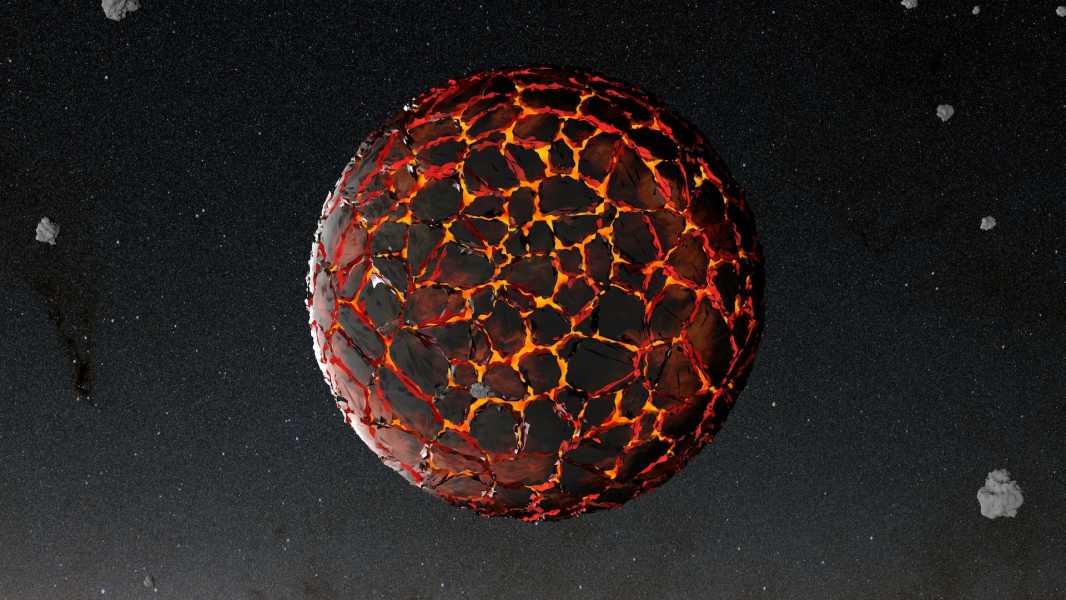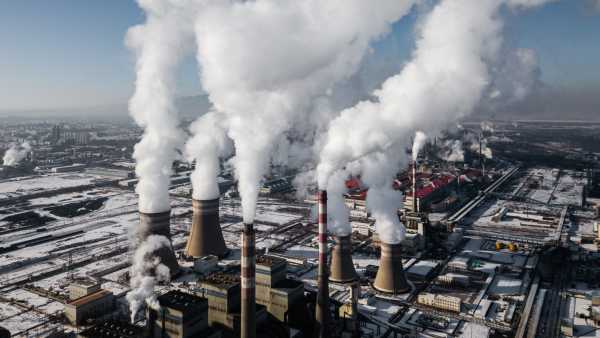
The new model suggests that the magma ocean formed during the first few hundred million years of Earth's existence. (Image credit: NEMES LASZLO/SCIENCE PHOTO LIBRARY via Getty Images)
New research shows that early in Earth's evolution there was a vast ocean of magma beneath its crust, which could explain the unusual anomalies seen in the mantle today.
This basal magma ocean has long been the subject of heated debate. Some geochemical evidence suggests that a stable sea of molten material formed at the boundary between the Earth’s core and mantle during the first few hundred million years of the planet’s existence. However, models of Earth’s formation suggested that when the planet was young and molten, it solidified from the bottom up, making it difficult to understand how a deep magma ocean could exist.
A new study published March 26 in the journal Nature shows that not only could a magma ocean exist, but its presence was inevitable. Regardless of the exact location where the molten planet began to crystallize, a basal ocean would have formed, the study found.
Remnants of this hidden magma sea may persist today as large low-shear-velocity provinces (LLVPs) or mantle “clots,” which are huge regions of the deep mantle where earthquake waves travel more slowly than in the rest of the mantle.
Scientists debate whether these LLVPs are remnants of ocean crust that was extruded deep into the mantle and are several hundred million years old, or whether they represent remnants of Earth's basal magma ocean, which is up to 4.4 billion years old.
The new study supports the latter possibility, and its findings could have a significant impact on how researchers understand Earth's history, said lead study author Charles-Edouard Bukaré, a planetary physicist at York University in Toronto.
“This will affect the thermal coupling between the core and the mantle,” Bukar told Live Science. “This could affect the arrangement of tectonic plates.”
The First Days of Earth
The researchers have developed a new model of Earth formation that takes into account both geochemical and seismic data, two key methods for studying Earth’s deep history. In particular, there are important trace elements that chemically prefer to remain in magma while other minerals crystallize into rock. The amount of these trace elements in the rock can reveal when and in what order the mantle rocks solidified.
Most studies of this early era of Earth formation focus on the initial solidification of the mantle and the dynamics when it was still mostly liquid.
Bukar and his team focused a little later, studying the point at which the mantle might have crystallized enough to behave like a solid rather than a liquid. They found that no matter where solidification began—in the middle of the mantle or right at the boundary with the core—a basal magma ocean formed.
Sourse: www.livescience.com





